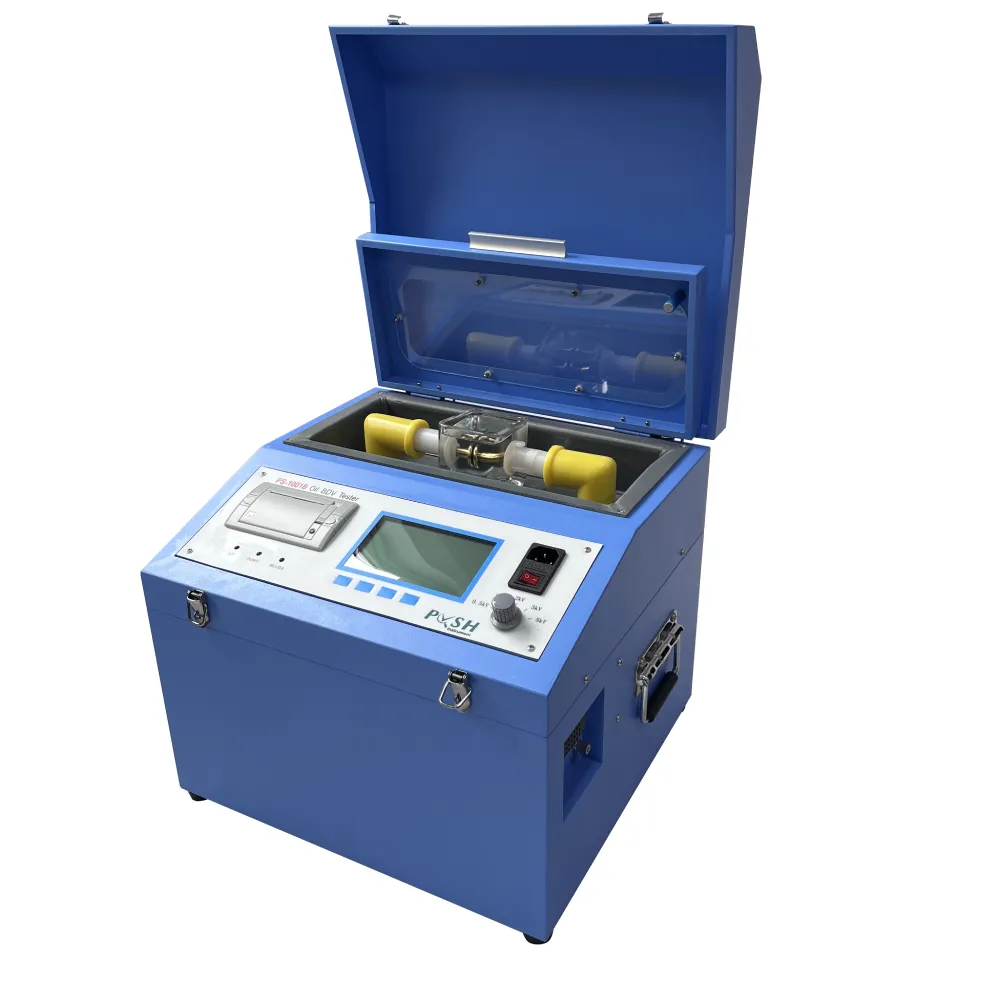 English
English


Commissioning of Transformers - Essential Guide for Reliable Power Systems
Commissioning of Transformers Ensuring Reliability and Efficiency
The commissioning of transformers is a critical phase in the installation and operation of electrical systems. As essential components in power generation, transmission, and distribution, transformers need to be thoroughly tested and inspected to ensure their reliability and efficiency before being connected to the grid. This process involves a series of systematic steps designed to validate the transformer's performance under various operating conditions.
First and foremost, the commissioning process begins with a detailed review of the design specifications and documentation. Engineers and technologists examine the manufacturer's data sheets, installation manuals, and operational guidelines to ensure compliance with standards. This review not only helps in understanding the operational capabilities of the transformer but also identifies any potential issues that could arise during installation.
Once the documentation is complete, the physical installation of the transformer takes place. This involves positioning the transformer within the designated area, ensuring that it is level, and securely anchoring it in place. Proper installation is crucial as it affects the performance and longevity of the transformer. Following the physical setup, the electrical connections to the primary and secondary circuits are made. These connections must be executed with precision to avoid any short circuits or overload conditions.
commissioning of transformer

After installation, the next phase is to perform pre-commissioning tests. These tests include insulation resistance testing, transformer core grounding checks, and power factor testing. Insulation resistance testing is particularly important as it identifies any deterioration in insulation that could lead to failures. Power factor testing helps in assessing the quality of the insulation system and can indicate any abnormalities.
Following the pre-commissioning tests, the transformer undergoes a series of operational tests. These tests simulate the actual operating conditions and assess the transformer's performance under load. Parameters such as voltage ratios, phase shifts, and load losses are measured to confirm that the transformer operates within the specified limits. Additionally, temperature rise tests are conducted to ensure that the transformer can handle operational heat without overheating, which could lead to premature failure.
Finally, once all tests are successfully completed, an official commissioning report is generated. This document includes all test results, observations, and recommendations. The completion of the commissioning process culminates in the official handover of the transformer to the operational team, at which point it is ready for service.
In conclusion, the commissioning of transformers is a comprehensive and meticulous process that plays a vital role in ensuring the reliability and efficiency of electrical systems. Properly executed commissioning not only safeguards against future operational issues but also enhances system performance, reducing downtime and maintenance costs for utilities and industries alike.
-
Differences between open cup flash point tester and closed cup flash point testerNewsOct.31,2024
-
The Reliable Load Tap ChangerNewsOct.23,2024
-
The Essential Guide to Hipot TestersNewsOct.23,2024
-
The Digital Insulation TesterNewsOct.23,2024
-
The Best Earth Loop Impedance Tester for SaleNewsOct.23,2024
-
Tan Delta Tester--The Essential Tool for Electrical Insulation TestingNewsOct.23,2024





